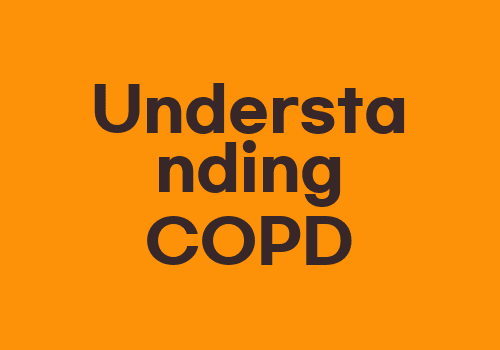
Networking Basics
Introduction
Networking is the process of connecting two or more computers together so that they can share data and resources. It is a critical aspect of our daily lives, from connecting our computers to the internet to sharing files and documents within an organization. Understanding the basics of networking is essential for everyone, from individuals to businesses of all sizes.
What is a Network?
A network is a collection of computers that are connected together to share data and resources. Networks can be small and simple, such as a home network with a few computers and printers, or they can be large and complex, such as a corporate network with hundreds or thousands of devices.
Types of Networks
There are several types of networks, including LANs (Local Area Networks), WANs (Wide Area Networks), and WLANs (Wireless Local Area Networks). LANs are typically used in homes and small businesses, while WANs are used for larger organizations and can span multiple buildings or even cities. WLANs provide wireless connectivity and are commonly found in public places such as coffee shops, airports, and hotels.
Network Topology
Network topology refers to the physical and logical arrangement of devices on a network. There are several types of network topologies, including bus, ring, star, mesh, and hybrid. Each topology has its advantages and disadvantages, and the choice of topology depends on the needs of the organization.
Network Protocols
Network protocols are a set of rules that govern how data is transmitted over a network. Common network protocols include TCP/IP, HTTP, and FTP. Understanding network protocols is essential for troubleshooting network connectivity issues.
Q&A
Q1: What is a router?
A1: A router is a networking device that forwards data packets between computer networks. It is typically used to connect a LAN to the internet.
Q2: What is the difference between a LAN and a WAN?
A2: A LAN is a Local Area Network, typically used in homes and small businesses, while a WAN is a Wide Area Network used for larger organizations and can span multiple buildings or even cities.
Q3: What is network topology?
A3: Network topology refers to the physical and logical arrangement of devices on a network.
The link you want is shown here: Computer Network

